woods
Well-Known Member
Woods
I can't think of an action that would cause expanding brass(thinning) to SQUISH eleswhere.
Are the new(unfired) neck ODs tapered from mouth to shoulder?
Then are your formed neck ODs tapered?
I have to outside neck turn the new brass before firing so it will fit in my .313" Hart chamber. It is a complete turn with no unturned surfaces left and is consistant from mouth to shoulder with a tight fitting mandrel.
The pin gauge in the pic above slides in with the same consistancy until it hits the do-nut at the shoulder and my micrometer says that the neck brass has a consistant thickness. There is a small ridge at the shoulder/neck junction that is not there on the new cases. The OD is also very consistant and the powder blow back line is a consistant distance from the case mouth all the way around which is an indication of a consistant neck thickness all the way around.
No other explanation than the firing caused brass flow along the shoulder and formed the do-nut.
IMO
As far as reaming, I use the Forster reamer. It is .003" over caliber so I outside neck turn to a thickness that will give me .003" clearance around the neck in the chamber. After firing, the .003" transfers to inside clearance for the reamer.
The reamer shaft is the same as the outside turning mandrel shaft so it will fit in my hand held turner
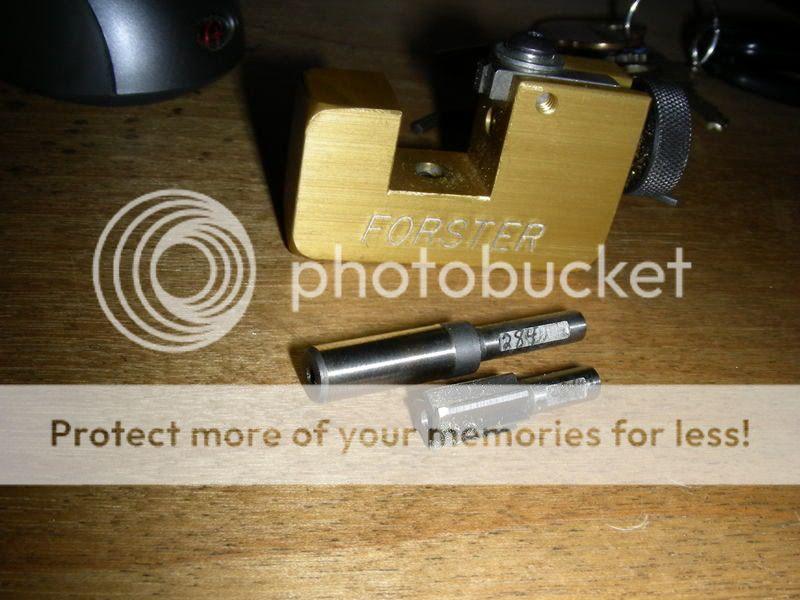
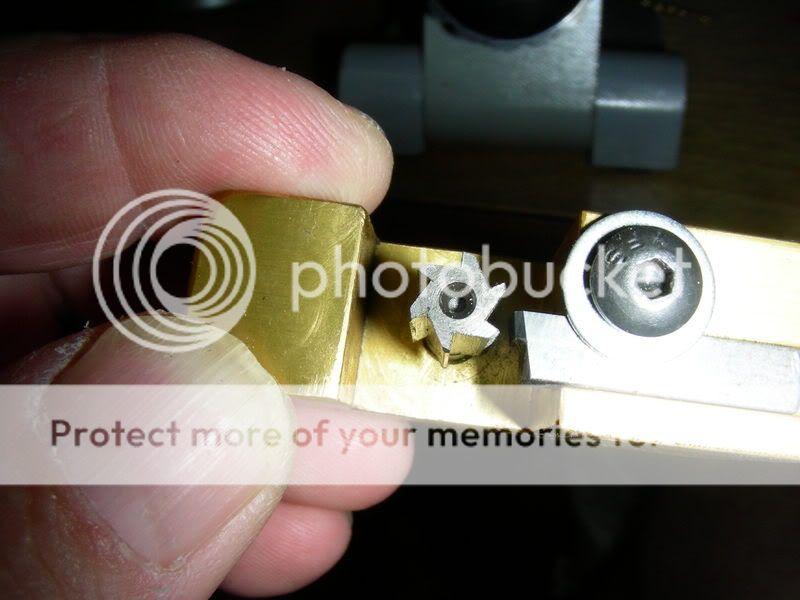
that way I can trap the brass between the reamer and the outside turning blade, ream the inside and clean up the outside for a very consistant neck thickness after the first firing
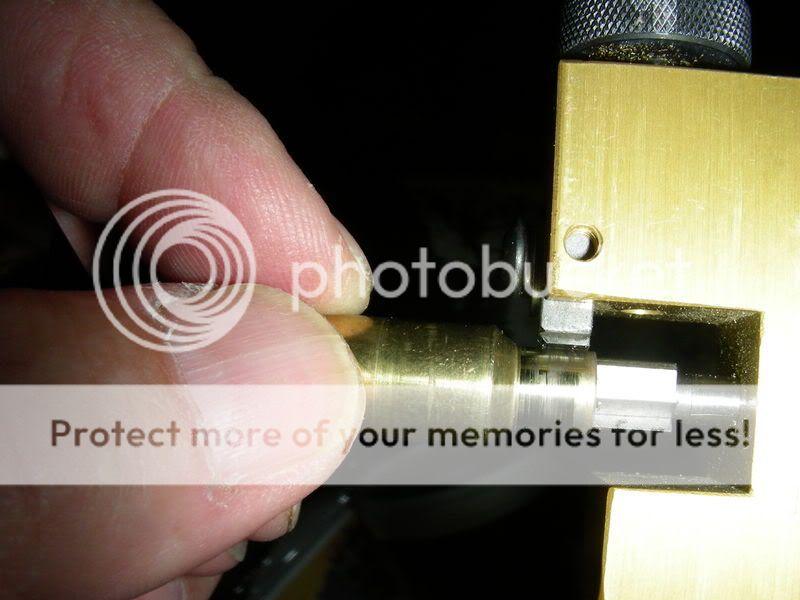
usually reduces the neck thickness ~.0005"
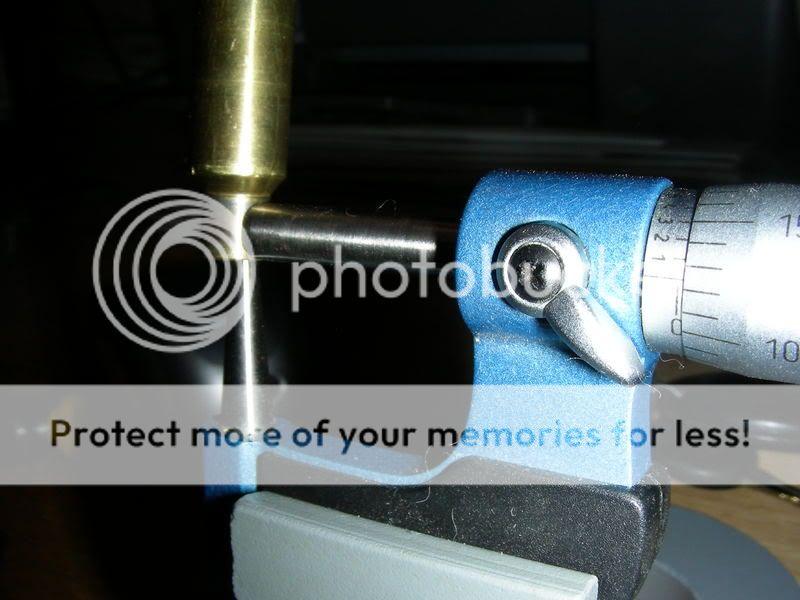
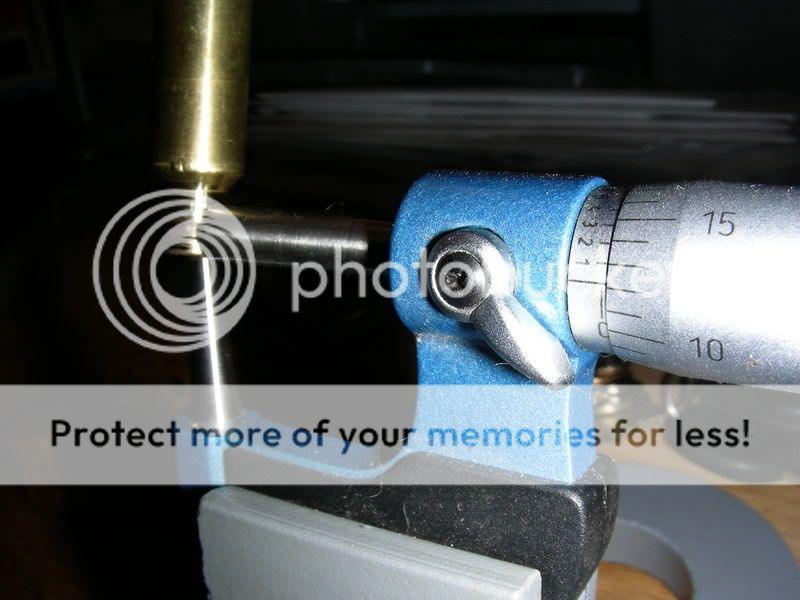
IMO I get a better product with the full length reamer blades that will work on the full length of the neck at the same time than I did with the K & M cutter mandrel which has a cutter on the very end of the mandrel.
YMMV
Last edited:
